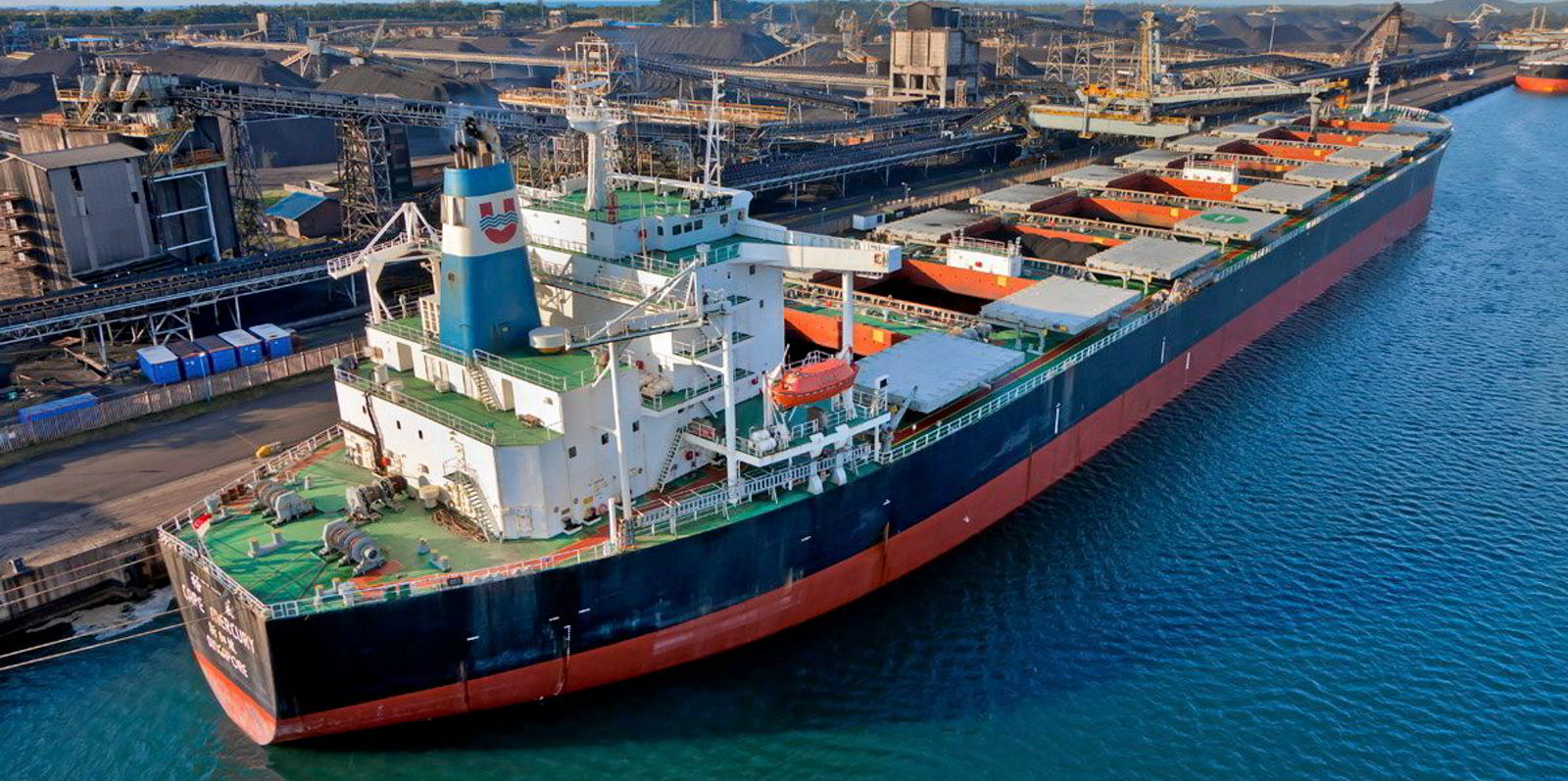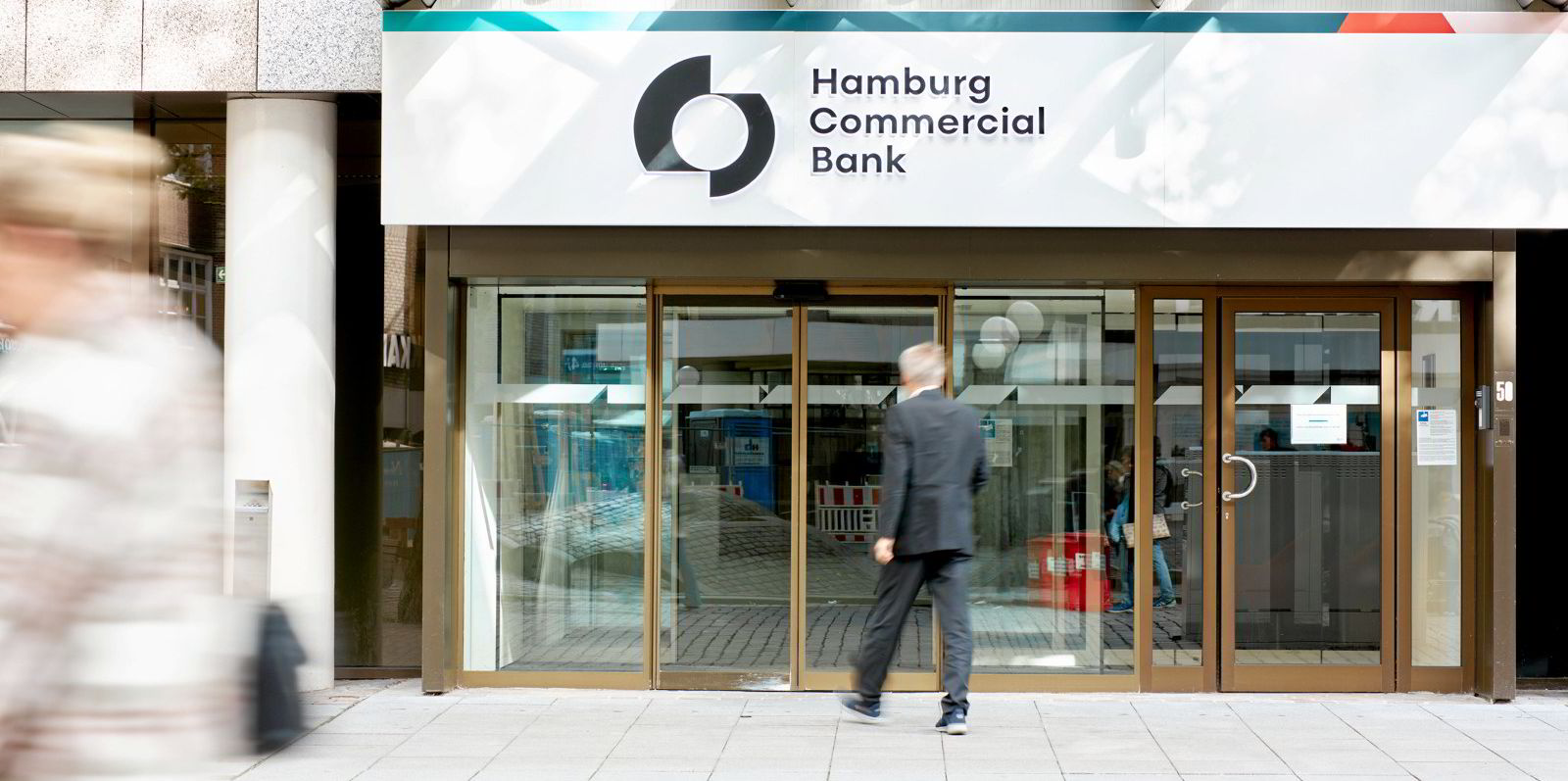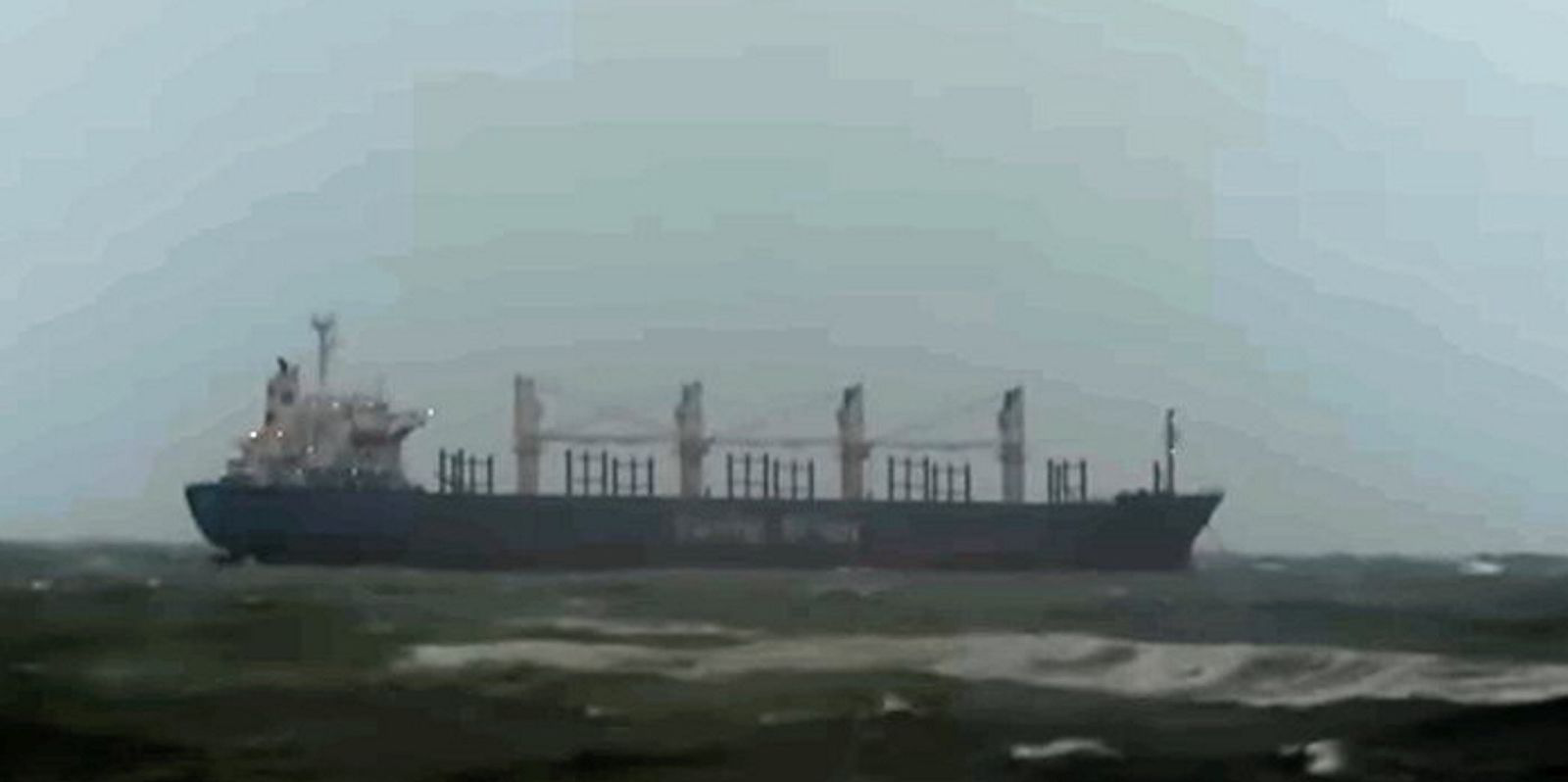Popular opinion seems to be that the second half of 2022 will be better for capesize earnings, which is not difficult to imagine, given that average spot earnings were around $17,300 per day on Tuesday.
But the threat of a recession in major economies or a slowdown in global economic activity looms large.
On Tuesday, the Bank of England said the global economic outlook has “deteriorated materially” because rising commodity prices have pushed up inflation around the world. The bank reportedly said the growing cost of energy and raw materials risks significant disruption that could lead to economic shocks in the future.
On the other hand, new hopes have been stirred by reports that a $75bn infrastructure fund will help revive China’s economy from this quarter onwards. Questions still remain whether this will offset some of the impact that China’s continuing zero-Covid policy has had on its economy.
Fears over the macroeconomy are already having an effect on dry cargo markets.
Last week saw a massive sell-off in capesize freight derivatives, sparked by a downturn in sentiment. This sell-off is being felt more than ever in the physical market and weak chartering activity in both the Atlantic and Pacific basins has left few reasons to be optimistic.
Capesize forward freight agreements for the third quarter settled at $27,254 per day on Monday, over $1,000 lower than the Friday before. Paper for the final quarter closed at $26,886 per day. Bids were slightly lower again during the day’s trading on Tuesday.
Analysts, however, have a more optimistic outlook. Cleaves Securities is forecasting average capesize earnings of $38,780 per day for the third quarter and $48,745 per day in the fourth quarter.
Assets and equities
But Clarksons thinks that average capesize rates could fall further below the $17,000 per day level — possibly as low as $14,000 per day — if economic growth slows and relieves pressure on logistical chains and port congestion, and accelerates a fall in container demand.
“We expect grain and coal support to continue as the West decouples from Russia. However, we believe iron ore and minor bulks are vulnerable to a recession if industrial activity slows,” Clarksons Platou Securities said in a note on Monday.
If day rates remain below $17,000, this would have a “significant negative impact” on asset values, the firm added.
“We argue that risks are mostly weighted to the downside, despite the fact that our base case estimates are more optimistic due to the potential of some Chinese stimulus delaying the return of inefficiency,” Clarksons said.
But all is not lost if asset values are affected by a plunge in freight rates — for publicly listed owners, that is.
“Regardless, dry bulk equities are already valued at a 30% discount to NAVs [net asset values] on average, implying that a 20% decrease in ship values is already factored in. As a result, dry bulk stocks may still provide appealing value propositions,” the firm said.
Further ahead
Clarksons expects effective net fleet growth will be close to zero over the next two years, as deliveries of newbuildings are offset by incoming regulations that will limit capacity. But fleet productivity will be the thing to watch.
Net fleet growth will be around 2% per year in 2023 and 2024, while new carbon limits may reduce fleet speed and capacity by 2% next year and 1% each year after that, Clarksons said.
A 2% increase in global GDP could result in up to 1% growth in the dry bulk trade, it added.
“However, one major concern in the dry bulk market is the possibility for increased fleet productivity. We estimate that since the beginning of 2020, around 9% of the dry bulk fleet has been absorbed in non-dry bulk transportation, such as moving container boxes and being tied up in port congestion and other wait times,” Clarksons said in its report.
“Approximately 6% of the fleet was deemed to be in extraordinary port congestion at the start of the year, which has now decreased to 3% in [the second quarter], explaining the majority of the recent downturn in freight rates.”
Clarksons expects capesize spot earnings to average $23,000 per day this year, which it said will fall to $22,000 per day in 2023. The following year is expected to be slightly better at $24,000 per day.
The firm called this freight market “reasonable” but an “unimpressive” market development overall.






